Living In A Dream Since 1983, MAISON VAGUE’s ‘Synthpop’s Alive’ was one of the surprise albums of 2011 and is possibly the best wholly independent release of the year.
It is the creation of Clark Stiefel, a German domiciled American with a passion and love for all things ‘Synth Britannia’.
A classically trained virtuoso who studied piano and electronic music at a conservatoire, his working knowledge of vintage synthesizers and modern technology has affectionately revived The Gary Numan Principle.
One of the few active musicians to have handled both the original Moog and Buchla modular synthesizers, he adds musicianship and a wry sense of humour to the quirkily authentic proceedings. The title track with its battlecry of ‘Synthpop’s Alive’! could be the result of an unlikely sexual liaison between DEVO and PLACEBO. Unbelievably catchy, its statement of intent is so profound that if you are a sceptic, you really will become a believer.
Chunky riff laden tracks such as ‘Pixelated Lover’, ‘My Situation’ and ‘Give Them Away’ allow the listener to have fun with their air synths and smile with a wonderful air of irony. Album closer ‘Living On Ice Cream’ apes ‘Replicas’ outtake ‘We Have A Technical’ but if that doesn’t appeal, there’s always the appropriately titled ‘No Show’ which is a fine example of Bette Midler gone electro and the reggae inflected ‘Tunnel Vision’.
Meanwhile, ‘Colored Glasses’ explores more cerebral depths via some terrific classical interludes as befitting Clark Stiefel’s eccentric Franz Liszt demeanor. In a genre where pretension can often rear its head in an over grandiose fashion, MAISON VAGUE are a bright light in modern synthpop.
ELECTRICITYCLUB.CO.UK challenged Clark Stiefel to a game of Vintage Synth Trumps over Dim Sum and a few glasses of Altbier on a lovely evening in downtown Düsseldorf…
First card? It’s the Roland Jupiter 4
The Roland Jupiter 4, my favourite synth. But that’s a very difficult thing to say…
What inspired you to get one?
It was an accident. Around 2002, I purchased a TR606 drum machine on eBay and after I made the deal, the guy I was buying it from said he had other things for sale, one of them being a Jupiter 4.
I had never played one before but I knew it from Gary Numan as I’m a big fan. There’s lots on the ‘Telekon’ and ‘Dance’ albums.
I was always fascinated by that sound. There’s something so distinct about that sound. Up until then, it was not a synth I pursued. But the Jupiter 4, in a strange way, came to me. So I bought it on instinct and it was like fate. For the last nine years, it’s been a major part of my life.
Which songs have you used it for on the ‘Synthpop’s Alive’album?
It’s used all over but most notably on Colored Glasses. It’s pretty much 90% multi-tracked Jupiter 4. It’s best at making electronic sounds. You can literally feel the electrons. It’s got such a living, vibrant sound. It’s also very good at odd, other worldly sounds. I find it has an almost organic quality to it. On ‘Colored Glasses’, I’m playing it almost like I would a piano, in a Beethovien style, like an acoustic instrument. I plan to experiment more with the arpegiator and the CV trigger-in on the Jupiter 4 on the next album. One of the things I actually like about my Jupiter is that it has no MIDI or CV GATE interface, so basically, I have to play it.
Why do you think the Jupiter 4 isn’t as well renowned as the Jupiter 8?
I think one of the reasons is the styling and aesthetic. I’ve noticed people talking on the internet about the home organ styling of the Jupiter 4. Personally I really like it. I also have a Roland Promars which is like a monophonic version of the Jupiter. The sound is almost identical. They have the same styling: the same coloured buttons and everything. I love it. Very vintage. I guess people weren’t impressed by it at the time and with competition like the Prophet 5 and Oberheim OBXa, it didn’t stand a chance. It had only one programmable oscillator per voice and limited four-voice polyphony. Those would be some of the reasons.
The next card is coincidentally, the Jupiter 8! Have you got one?
No. For one thing, they’re too expensive now. You’d be lucky to find one for $8000. The Jupiter 8 is a legend. When I think of it, I think that’s a synth that I don’t have and probably never will! *laughs*
I’ve played one, though. It’s brilliant. No question about it. But it’s not a synth that I covet.
You know, I don’t think Gary Numan ever had one…
There you go, maybe that explains it. I have other synths that I think are very good and I’m happy with them. I just don’t have a relationship with the Jupiter 8. But still, it’s an amazing instrument.
The next card is a Sequential Circuits Prophet 10. Legend has it that Gary Numan bought one but never used it. JAPAN’s Richard Barbieri used one live though.
That’s funny about Gary Numan because I have this guilt complex; I own a Prophet 10 which I’m very happy to have but the problem is, it’s so incredibly huge! I live in Germany now but I’m originally from the United States where I had quite a big synth collection. One-by-one, I’ve been bringing them over (it’s much easier that way, especially getting them through customs). The Prophet 10 is the one synth that has not yet made it because the damn thing weighs 70 kilos! I like to joke that the Prophet 10’s flight case is going to be my coffin someday! *laughs*
I bought it in 1996 and have been intending to bring it over to Germany ever since but it’s 2011 and it’s still not here! But I will get it here!!
The Prophet 10 is basically two Prophet 5s on a double keyboard. Now I can see the point that you could get two separate Prophet sounds when you need them but it’s packing it all into a small space. Isn’t it likely to be more unreliable or the sound quality is lower, like an old tape-to-tape cassette machine?
Good question. I would say in theory that’s not true… but in practice, it’s absolutely true which is the reason why I have a Prophet 5! If I need a Prophet sound, I use my Prophet 5. I won’t give up on the Prophet 10 though because it is such a monster, so legendary.
Is this where your classical thing comes in; that its a bit pompous and slightly over-the-top? *laughs*
I think it is. It’s the Quasimodo, the mad organist in me. You know, I’m a keyboard player: I like to play with both hands so I am happiest when I can use all ten fingers. And with the Prophet 10 having ten voices all ten fingers can be occupied, just like playing an organ. On the Prophet 5, I’m constantly running out of voices!
You said that the Jupiter 4 was your favourite synth, but some would argue that the Prophet 5 possibly was the greatest polysynth of its time. Would you agree with that?
Absolutely, without question. Even in this era, I still think its a fantastic instrument. I didn’t use it though on ‘Synthpop’s Alive’. The Oberheim OBXa unintentionally stole the show. In some ways they’re very similar instruments, though the Prophet 5 is a lot more capable. Still, they can cover similar ground… but given the sort of ground that need to be covered on the album, the OBXa got the nod.
Gary Numan used the OBXa as his main synth on ‘Warriors’
I didn’t know that. That’s good to know. Maybe it was subconscious?
Is the OBXa the one you use for the blistering solo on ‘Synthpop’s Alive’? Is it better for soloing than perhaps the Jupiter 4?
Yes, you can solo on the Jupiter 4. It has a mono mode to engage all four VCOs and it sounds pretty good. But it’s not as aggressive as the OBXa. The OBXa has more of a rock ‘n’ roll tone to it. I like that!
That’s funny because I always heard that the OBXa is a very American instrument and much favoured by rock bands whereas the Rolands and to a lesser extent, the Prophets weren’t. Any explanation for that?
There’s no question that the Roland and the Prophet are more sophisticated, finer instruments. The OBXa has an earthy, bluesy quality to it. It’s limited compared to a Prophet 5 but its very straightforward.
So you would try to construct atmospheres with the OBXa?
It’s not what I would reach for although it certainly can be done. In fact I recently pushed the limits of my OBXa by hooking up a Moog CP251 Control Processor to it just to try out some weird funky things. I was surprised just how weird and funky I could get it to sound. Still, its simplicity is what I like best. It’s a rocker’s synth.
Let’s draw your next trump card; it’s a Korg PS3300. Karl Bartos used it as part of his live set-up when he was in KRAFTWERK…
All I can say about Korg is: I like Korg. I respect Korg instruments. But for some reason I own very little of their gear!
Is it because Korg were the ones who cracked the budget synth market in the mid 70s and therefore weren’t seen as musical because synths like the Korg 770 and Micro-Preset were so competitively priced that people didnt see them as real instruments in the same way as when Casio opened up the market later on? Saying that though, the Korg PS3300 is pretty expensive!
I would admit to that about Casio but I wouldn’t say that about Korg because they’ve made some really nice instruments like the Mono/Poly and MS20. I’m not put off by Korg for any reason. The MS20 in particular is really great. I would love to have one. But somehow Korgs have never really come my way.
Maybe it’s because you’re American, because Korg was very popular with British synthpop artists?
That could be…
Acts like THE HUMAN LEAGUE, THE NORMAL, OMD and SIMPLE MINDS all started with Korg as their first instruments but then again, Gary Numan never used Korg! *laughs*
Really? Then there you go! Another unconscious decision, I guess I’m just not a Korg guy *laughs*
Next card; the ARP Odyssey, as used by ULTRAVOX and KRAFTWERK…
I’ve never played an ARP Odyssey but I have played an ARP 2600. I don’t actually own one but it’s still a special instrument to me because it’s one of the first synthesizers I ever worked on. It was one of the synths I used to learn synthesis. In the music conservatory where I studied, in the beginners’ studio, they had an ARP 2600 and a couple of VCS3s. From these you got to move up – we were not allowed at first in the big studio with the Moog Modular and Buchla! The ARP 2600 is a fantastic beginner’s instrument. It was essentially our text book so I have a special fondness for it as I ‘learned the ropes’ so to speak on that synth.
As a classical musician, how did you find originally the concept of sequencing with a piece of music playing all by itself almost like ‘Sparky’s Magic Piano’?
Interesting question. I think there was a certain reservation at first. There was a part of me that wanted to feel this abandonment in sequencing and aleatory music… music that has a life of its own. But there was also this feeling that sequencers were somehow cheating. I’ve long since gotten over it! *laughs*
Final one…
Ah! The Minimoog! Another classic which unfortunately I don’t have. It’s so legendary. I do have a Moog Little Phatty though. It’s not a Minimoog by any means but it’s satisfied my cravings for the time being. It’s a brilliant instrument because it’s so deceptively simple. It’s actually got a lot of power behind it. Its simplicity is one of its strong points because you can make sounds immediately.
It’s very accessible and it’s a very practical performing instrument. You can just pack up and play it anywhere. You’re not going to freak out about it being on stage. Granted it’s not cheap but it’s also not the most expensive instrument in the world. The Little Phatty is a synth that I could play on stage and not worry about it. If I had a more expensive Moog Voyager, it imagine it would just stay in the studio and never leave.
So was it the Little Phatty that you used for your Numan-esque buzzy bass monophonic sounds?
Actually, I bought the Little Phatty after I recorded the album. But I did want a Moog sound for the ‘Synthpop’s Alive’ title track. So I cheated and used the Arturia Virtual Minimoog — one of the most brilliant pieces of software ever. I’m not a huge fan of softsynths and virtual instruments but I’m thankful for the Arturia Virtual Minimoog because I needed that Moog sound and it delivered.
Any plans for MAISON VAGUE to play live?
There’s a chance, yes. The only hold up at the moment is that I haven’t got a band! It’s just me — and I don’t fancy the idea of cloning myself *laughs*
I’m working on it, though. I love to perform. Recording is a very different art from performing. I would like as much to be live as possible. I’m not a big fan of going out on stage with backing tracks or too much pre-sequenced stuff. A little bit is OK… but to substitute a musician by having a backing track, that I don’t really like so much. So I either need to find more players or simplify and re-arrange.
Where do you think you might take MAISON VAGUE in the future?
I definitely feel musically I’m heading in a more minimal and transparent direction. This is an extreme example, but if you could imagine Leonard Cohen playing synths. When one thinks of singer/songwriters the first thing that comes to people’s heads is a guitar. You don’t really think of a singer/songwriter with a synth. But if the song is strong enough, then maybe you could just have a minimal accompaniment — perhaps only a Jupiter 4 and TR606 drum machine? It’s only a dream at this point but this is definitely brewing in the back of my head.
Favourite electronic artists at the moment?
One act that I’m really happy about is LA ROUX. For one, I’m happy they exist. I first heard about them on an electronic music website where someone had posted a video of LA ROUX in actually what was a negative context. But what they’re doing is precisely what I would like to on stage as well. Watching their performance, it was electronic music, it was synthpop, but you could see what everyone was doing just like in a traditional band. I like electronic music that’s played like a band and not just a lot of knob twiddling. There’s a certain ridiculousness to all that knob twiddling I feel!
Remember that famous performance of Gary Numan doing ‘Are ‘Friends’ Electric?’ on ‘Old Grey Whistle Test’ in 1979? What is so striking about that performance is that it’s a band: you know precisely who is playing what and where it’s coming from. And I think that’s something very important in performing electronic music — even more important than people realise because even 20-30 years on, there’s something about electronic music that still puts people off, you know? There’s inherently something unnatural about it. But when you approach performance like a traditional musician, it just comes to life…
So synthpop really is alive?
Synthpop’s Alive!
‘Synthpop’s Alive’ uses the following synthesizers and drum machines: Oberheim OBXa, Roland Jupiter 4, Roland Promars CompuPhonic (MRS 2), Roland MKS 50, Roland JP8000, Roland XP60, Arturia MinimoogV, Digidesign Xpand, Roland CR8000 CompuRhythm, Roland TR606 Drumatix, Native Instruments Battery and Submersible Kitcore Deluxe
ELECTRICITYCLUB.CO.UK gives its thanks to Clark Stiefel
‘Synthpop’s Alive’ is available as a download album
http://www.facebook.com/pages/Maison-Vague/43000159265
http://www.gforcesoftware.com/cards.php
Vintage Synth Trumps is a card game by GForce that features 52 classic synthesizers
Text by Chi Ming Lai
28th December 2011

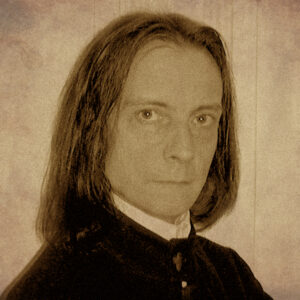
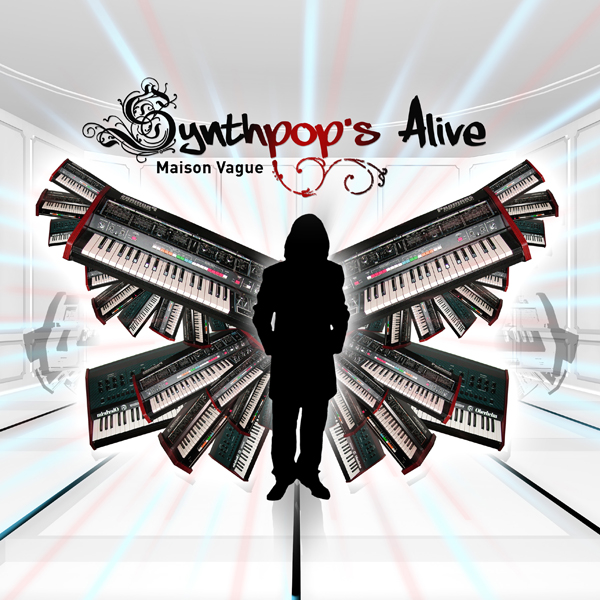

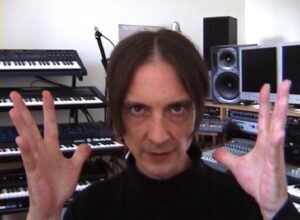
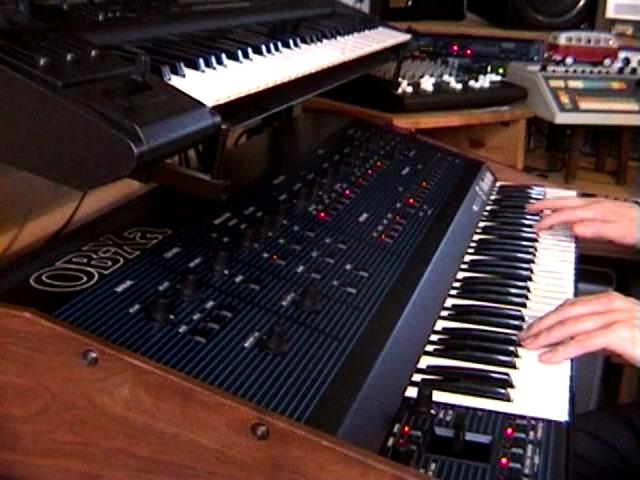
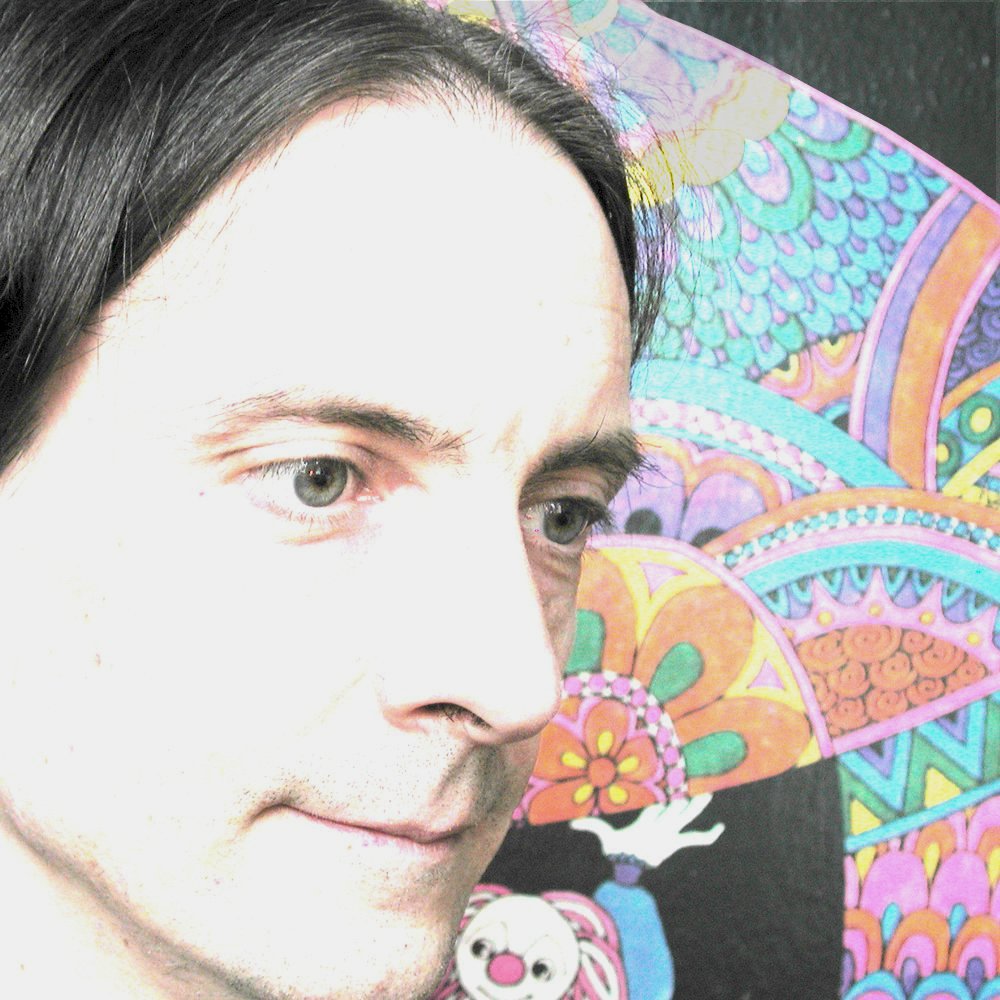
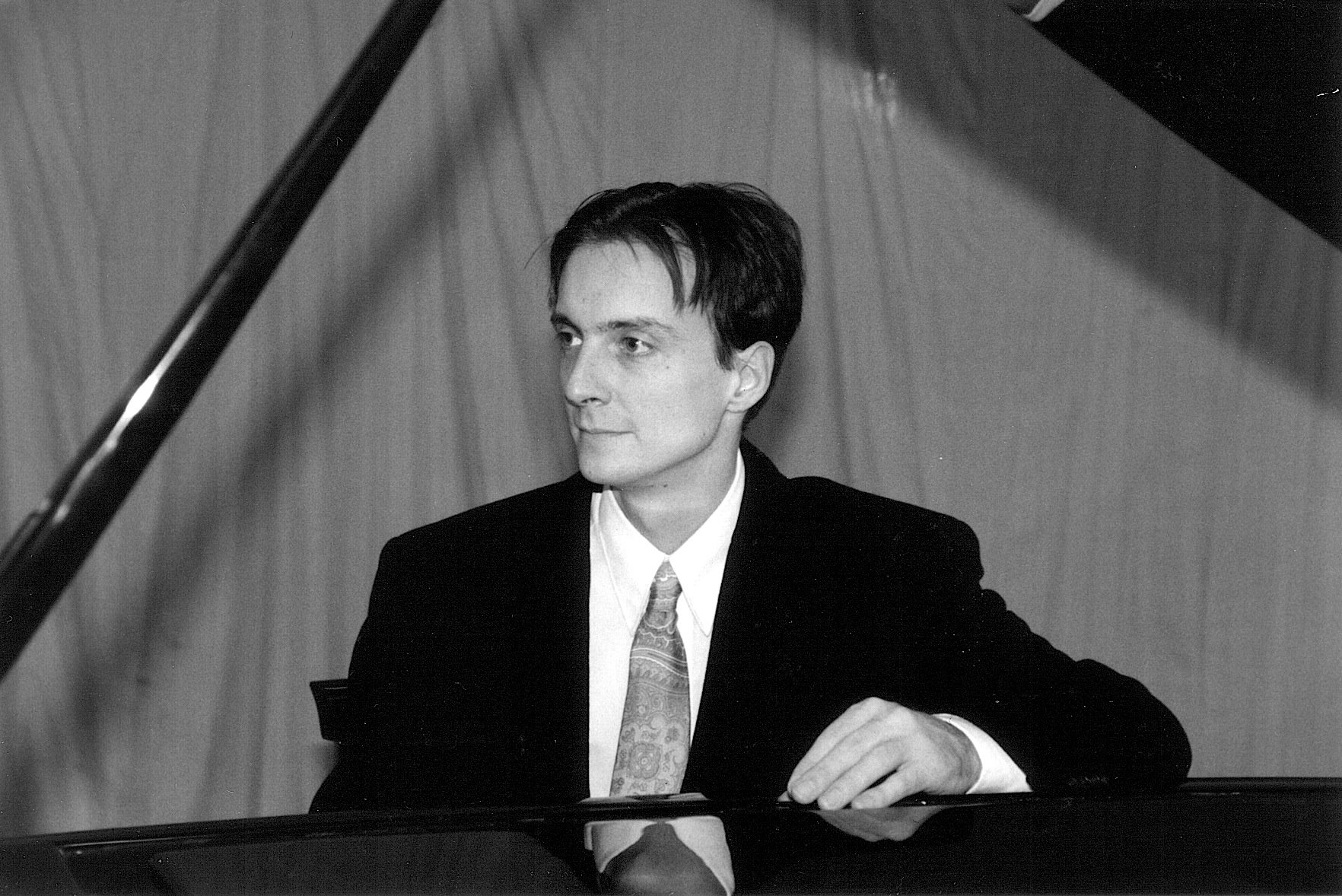
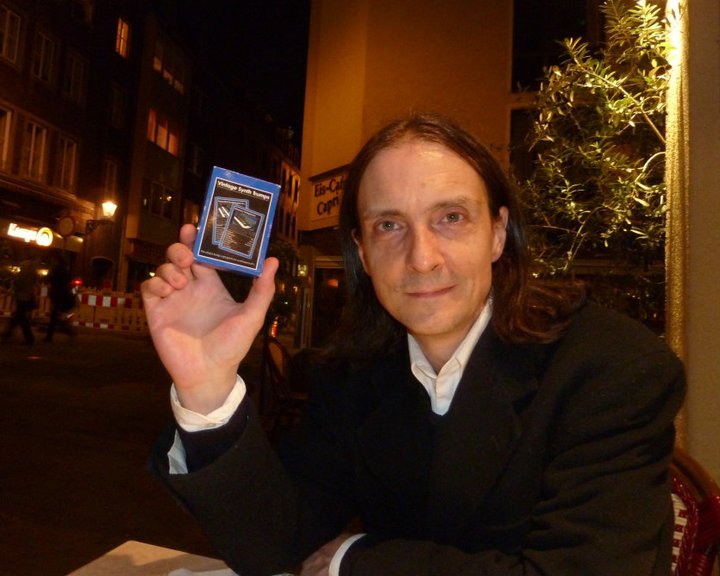
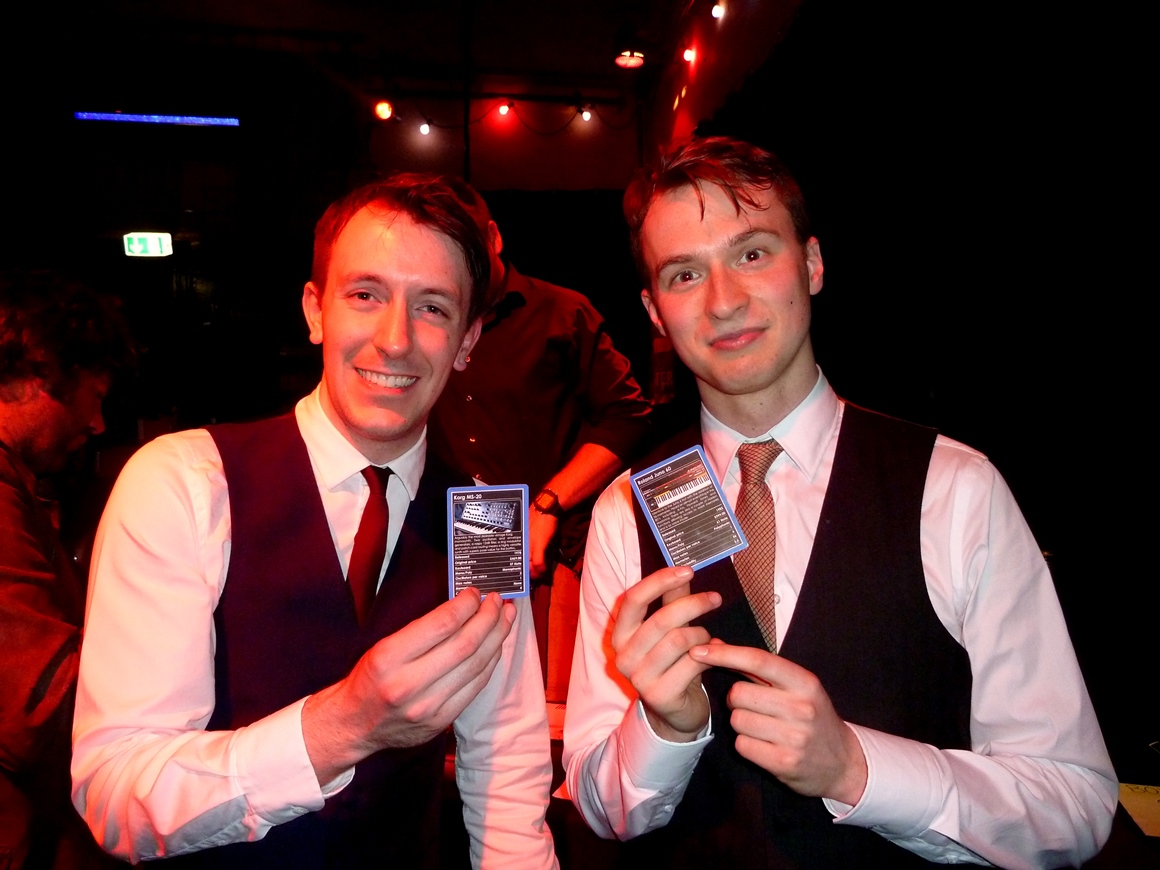
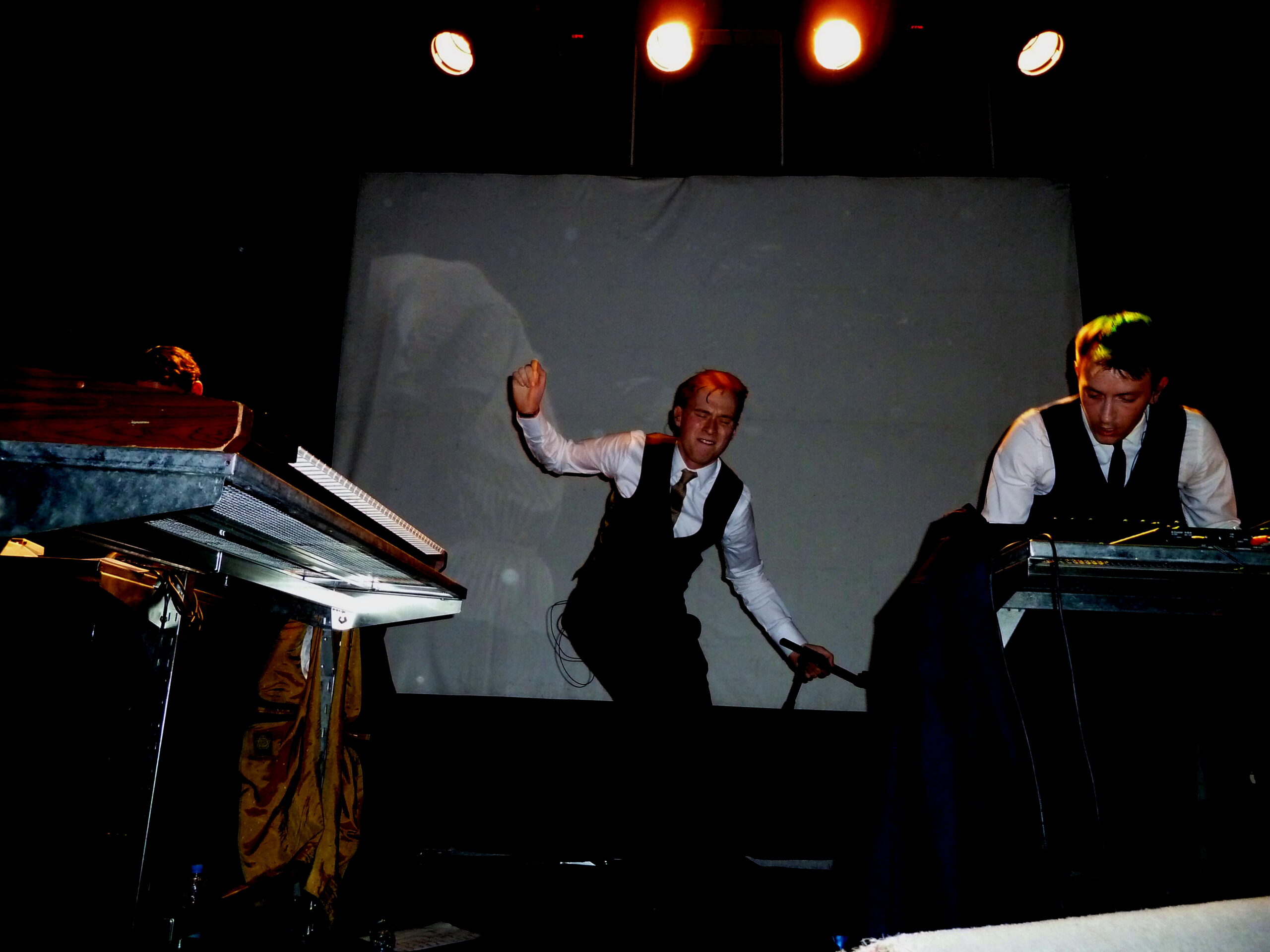
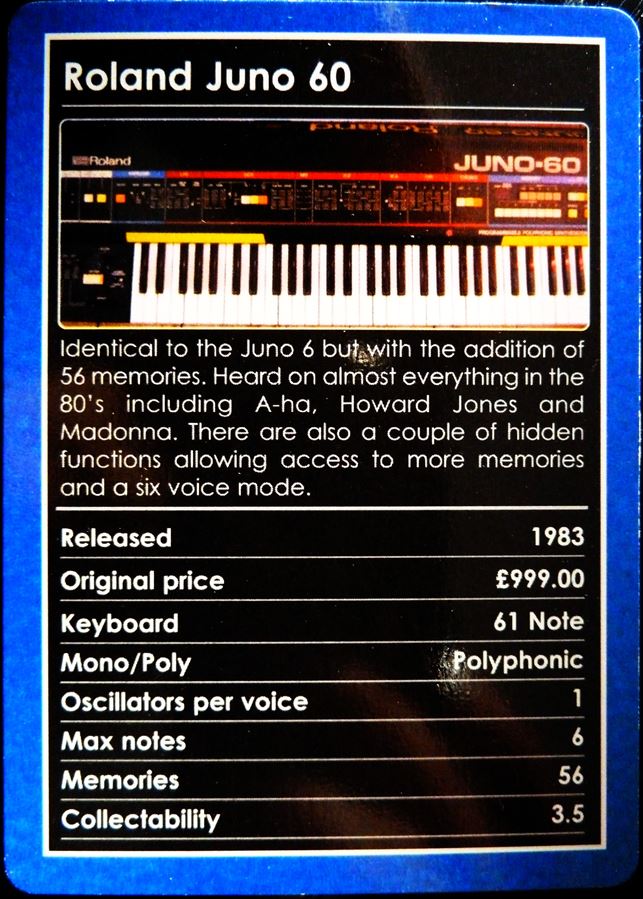
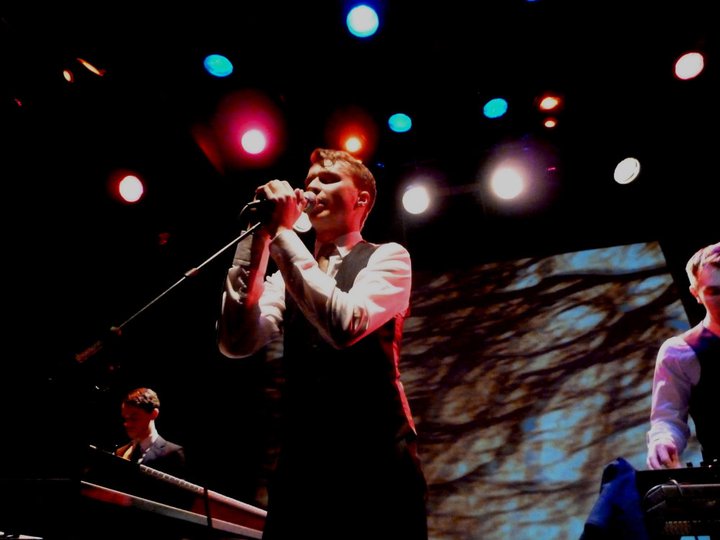
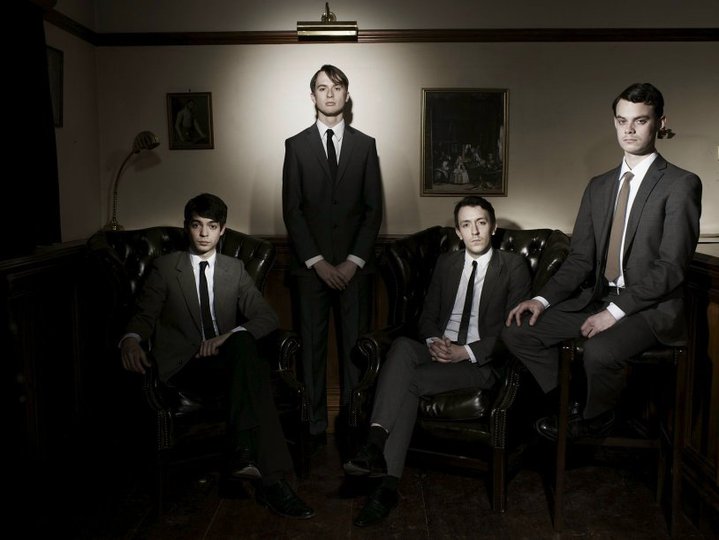
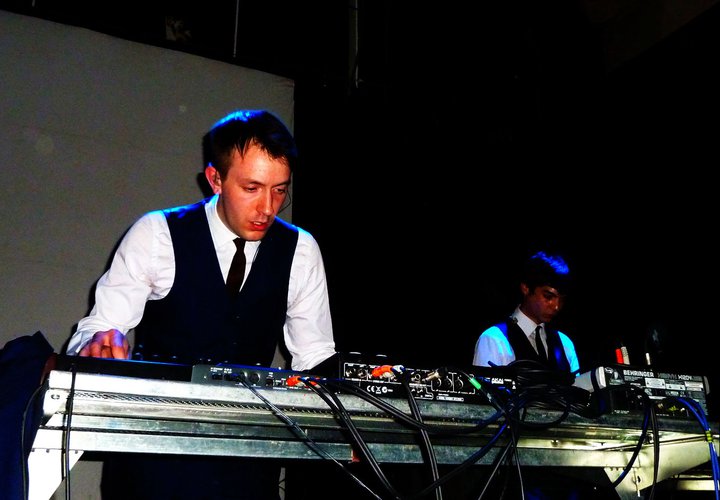
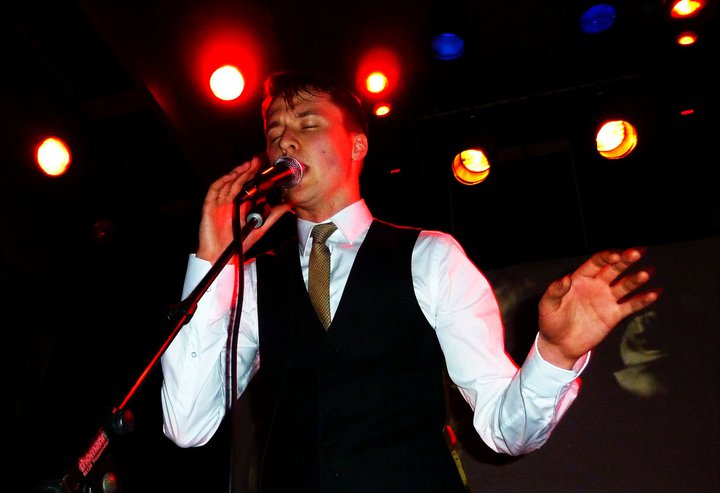
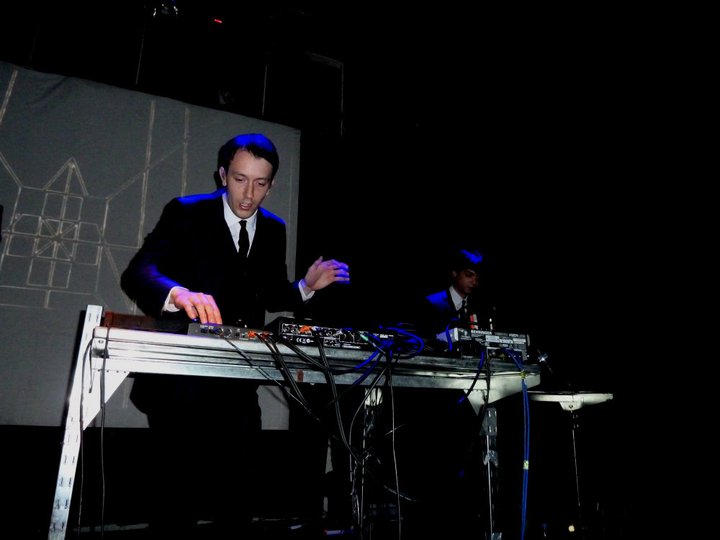
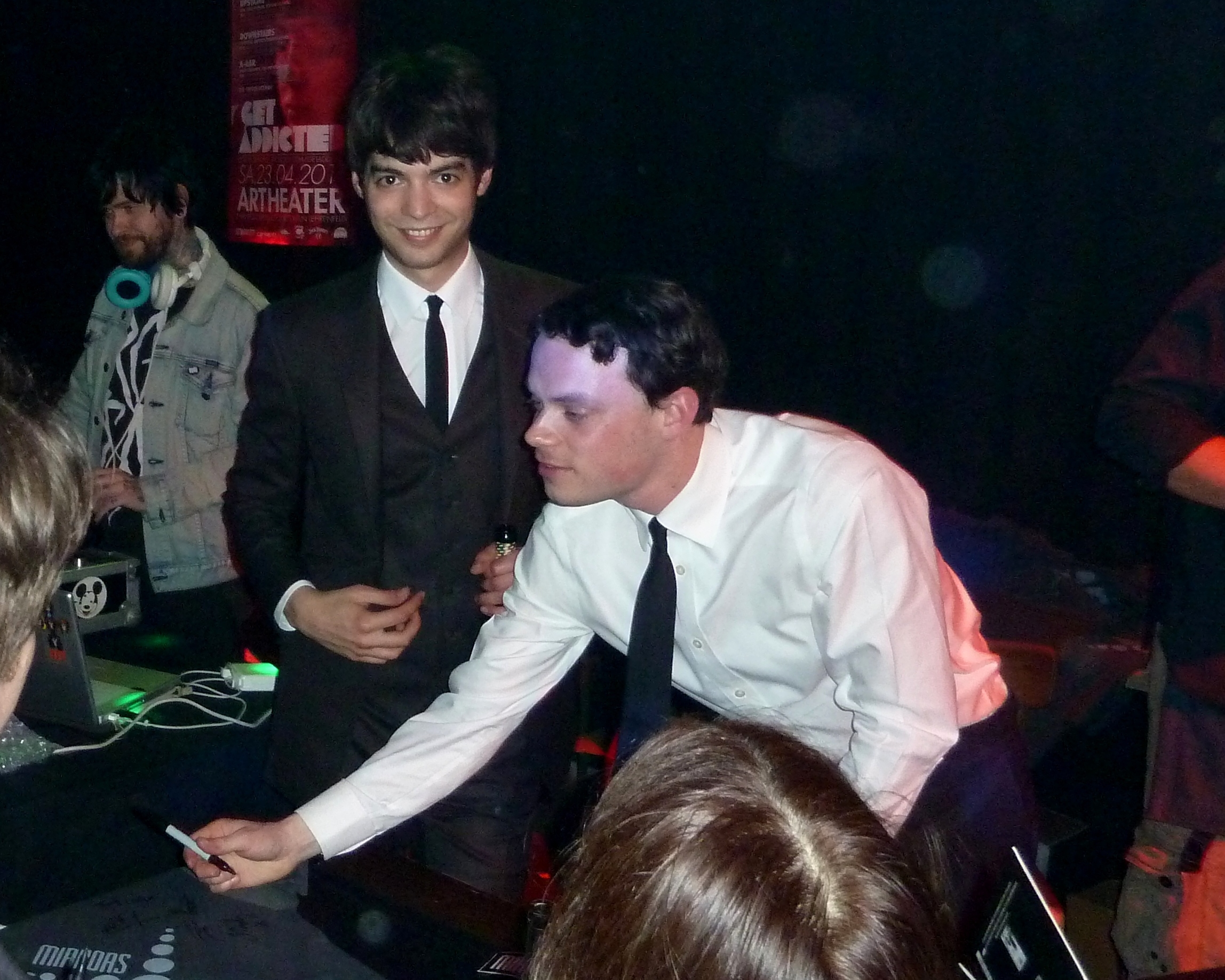
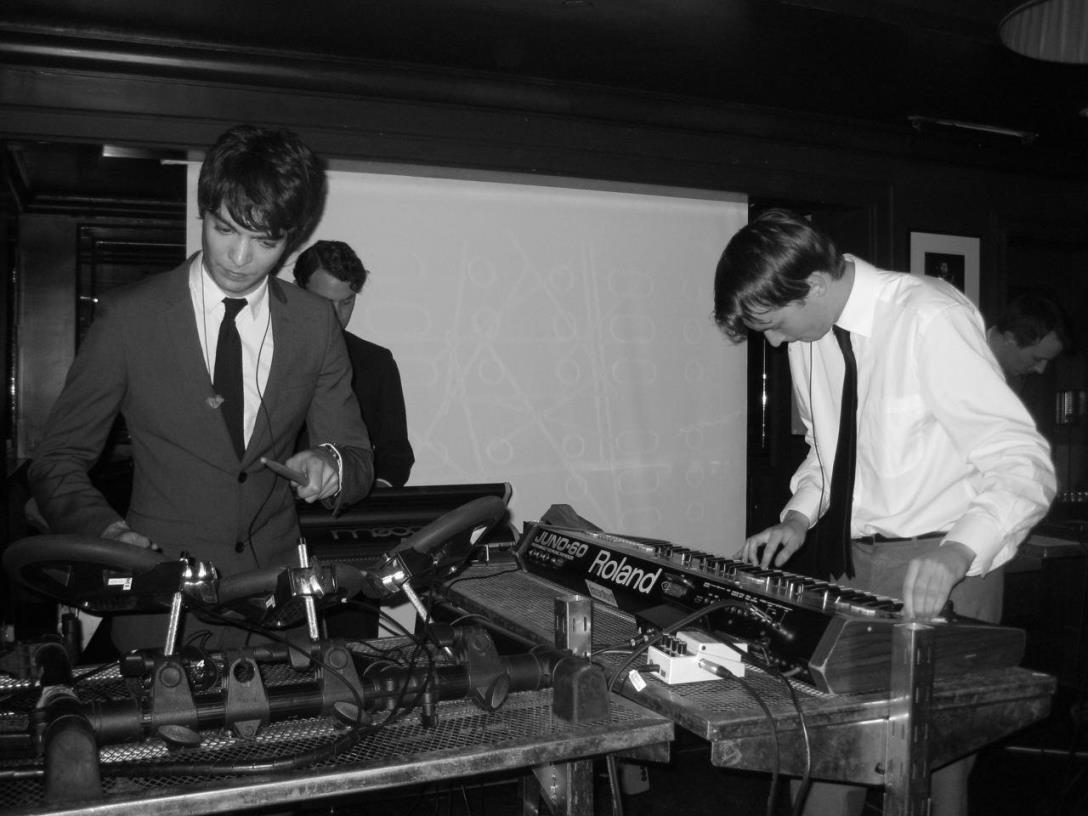
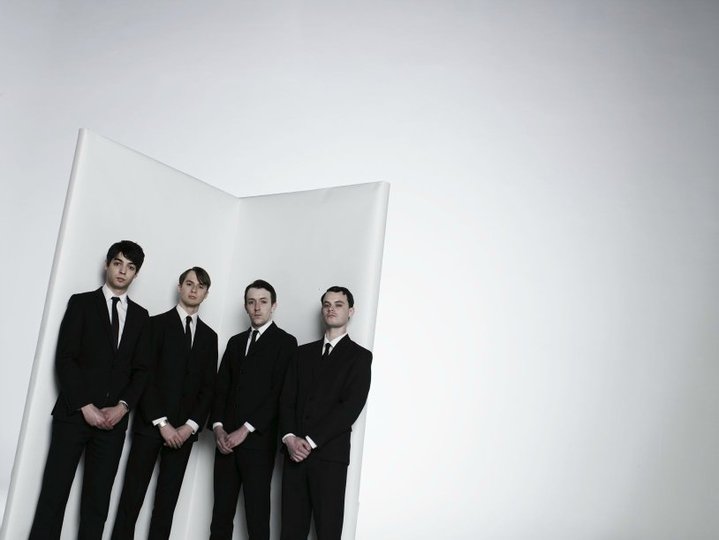
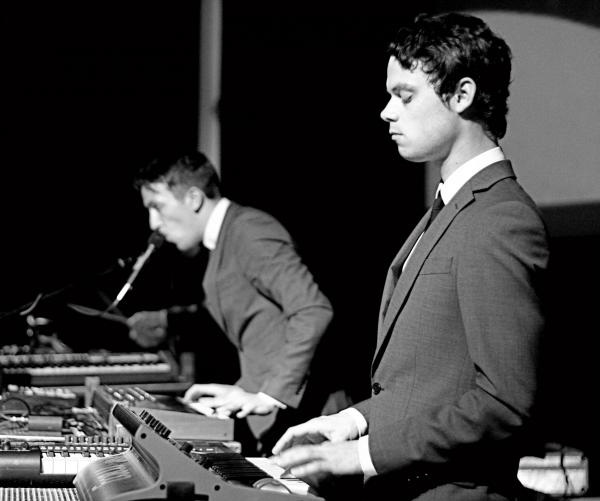
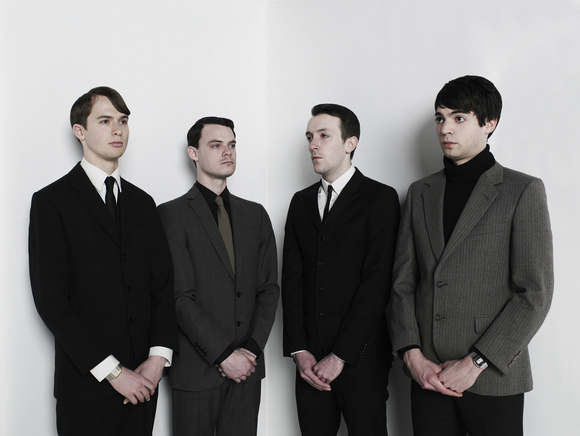
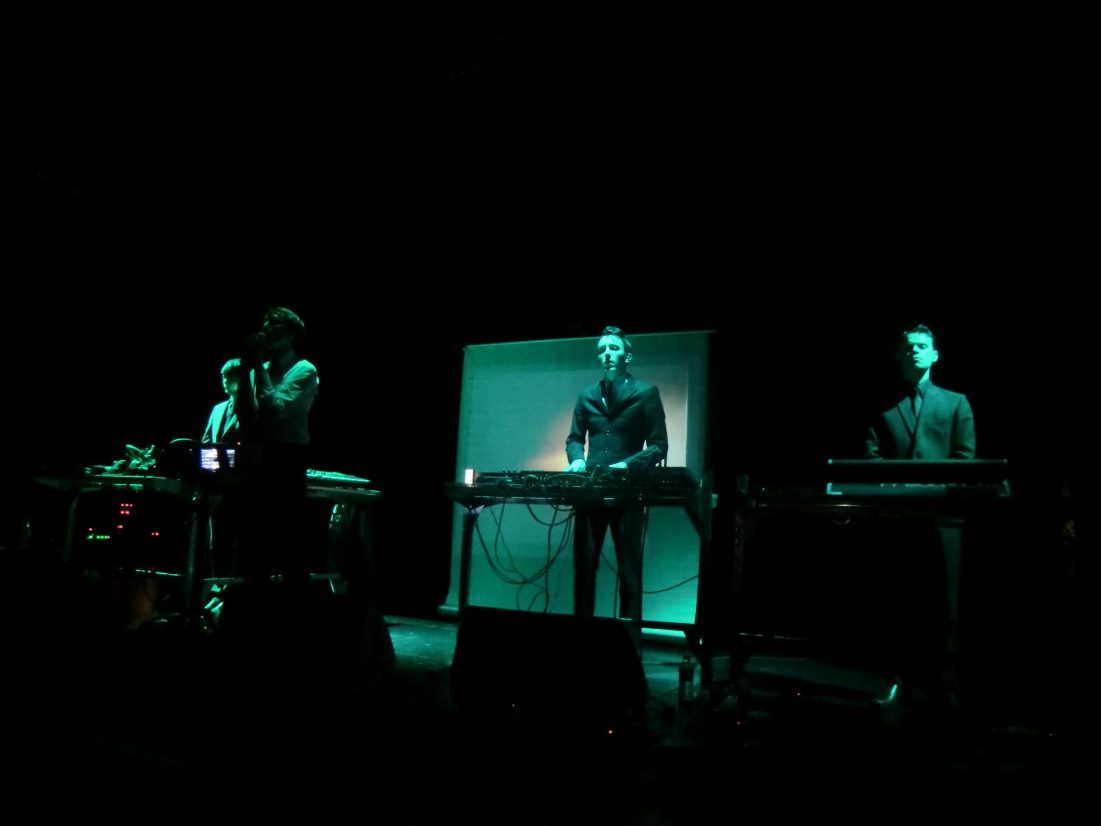
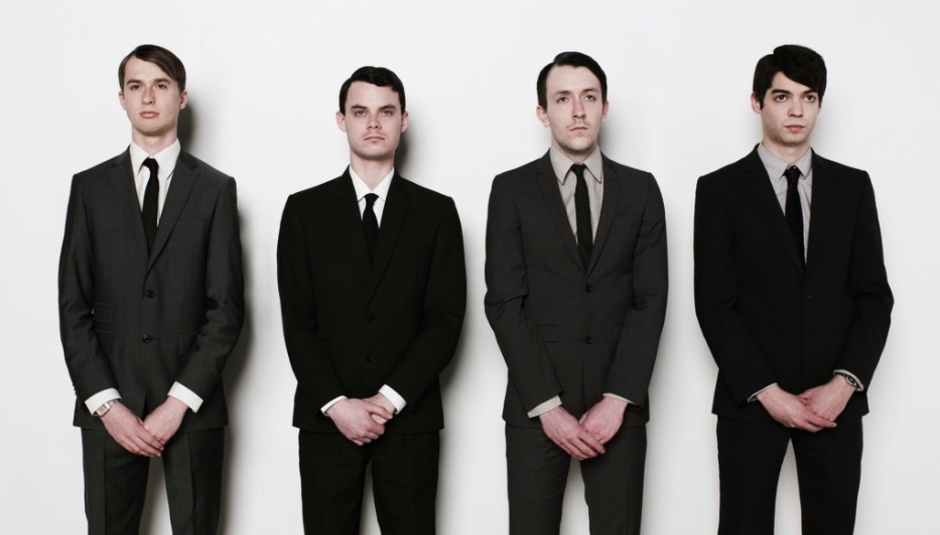
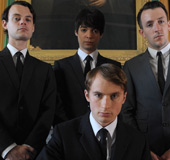
Follow Us!